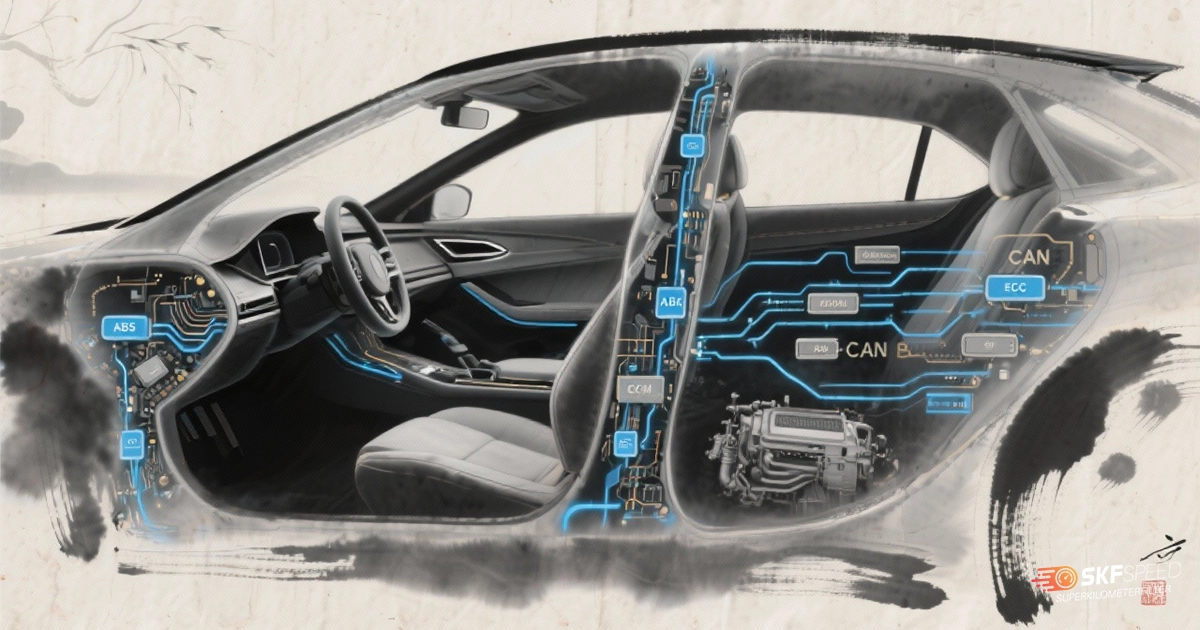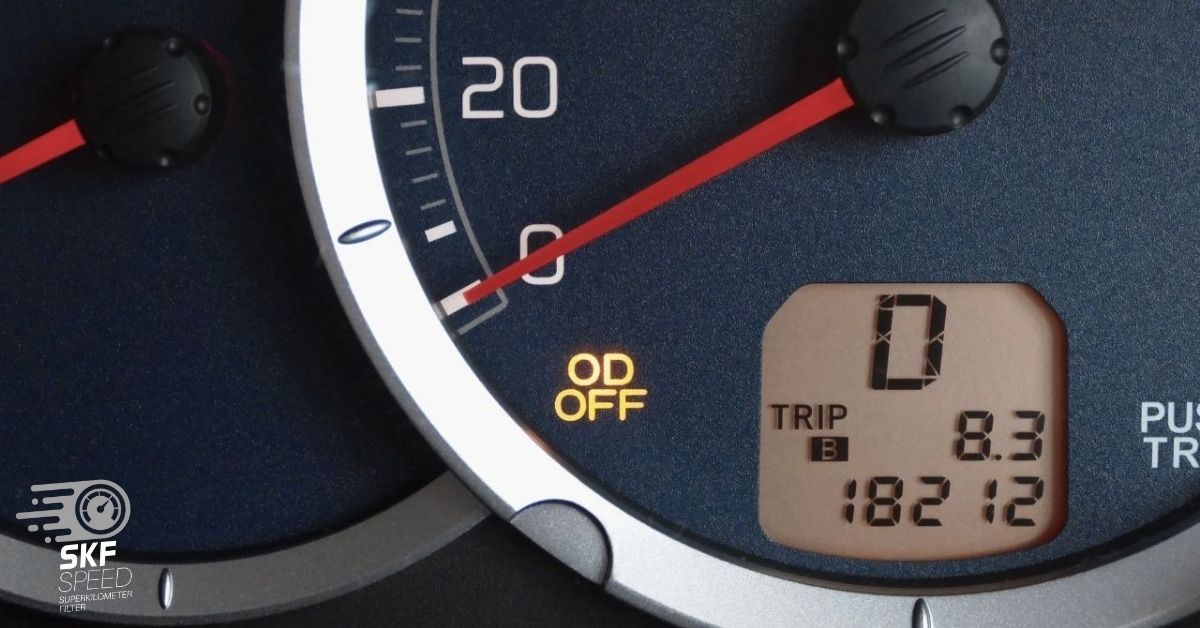
Rolling back the odometer is a widespread practice that rarely has valid justification and is therefore considered an illegal act in most countries. Car Sellers and dealers often tamper with odometers to make the figures lower than they are to make a financial profit. Odometer fraud has become a common challenge in Europe and the USA. In the era of advanced technology, when automobiles were equipped with digital odometers, it was expected that those kinds of odometers were nearly unalterable. However, as it revealed, even advanced systems are vulnerable to manipulation.
Surely, there are different motives for individuals who reset odometers; it’s not always for fraudulent purposes. However, you should know the importance of correctly documenting mileage changes. On the other hand, you should know how to verify the data by checking it comprehensively.
In the following paragraphs, we will discuss justified motives for mileage change and the impact of fraud and legislative measures in different parts of the world and examine closer the common methodology of alteration.
People roll back odometer for several reasons. Some of these reasons are legitimate at first sight, but sometimes, it appears people conceal their genuine purposes. The following are the reasons frequently named:
Engine change often raises the question of whether it resets mileage or not. It is a myth; there is no evidence claiming that engine swapping causes any discrepancy in relation to odometer data. An engine swap is the process of replacing the original engine with a new one. The general purpose can be improving performance, improving fuel efficiency, or just replacing damaged engines. Hence, the new engine condition is not compatible with the existing mileage, and this will be the time to come.
Individuals “solve” the issue with the help of rollbacking practice. They have enough motivation for this, for example, matching mileage data with the newly installed engine. So, they get a perfect combination to make their used vehicle more attractive to potential buyers. In short, odometer resetting is a smart way of concealing the fact of replacement, as long as many buyers shy away from cars with replaced engines. Furthermore, it helps to maximize resale value and make replacement more natural in combination with odometer data.
When it comes to tire size change, it is one of the best justifications for rolling over the odometer because bigger or smaller tire size matters when counting mileage. As we know, the calculation formula for the total traveled distance = tire circumference *wheel rotations.
Firstly, let’s learn how to calculate tire circumference:
Tire circumference (the circumference of the circle) = 2πr, where r is the Radius of the circle.
Secondly, the distance traveled equals the tire circumference multiplied by wheel rotations.
In short, we can make calculations based on the following information: the Tire Diameter is 24 inches (the Radius is 12), and the Number of Wheel Rotations is 100,000.
Tire circumference: 2π×12≈75.4 inches
Distance Traveled: D=C×N=75.4 inches×100,000 = 7,540,000 inches
Let’s convert it to miles: 119 miles
As you can see, tires directly affect the number of miles traveled. Replacing tires with ones of a different size can affect the accuracy of the data, and recalibration may be completely legitimate.
There comes purposeful tampering, where an individual’s goals vary. The motivation of the wrongdoers can be:
• Maximizing the value of the automobile
• Better insurance premiums
• Concealing fewer repairs
• Deceive potential buyers to make the automobile more attractive
This is part of the list; there can be a wide range of reasons for this. However, they have one thing in common- to make a financial profit.
Odometer tampering is a widespread phenomenon across Europe, particularly when people trade vehicles among different countries. Cases are more common in new E.U. member states. Due to the fraud, consumers face big financial losses, unexpected mechanical troubles, and, in short, less reliable automobiles on the road. According to the document “Odometer Manipulation in Motor Vehicles in the E.U.”, it cost European consumers between €1.31 billion and €8.77 billion.

From the beginning of the 21st century , odometer manipulation practices have been identified in European countries:
Due to the statistics, the European Parliament decided to make an effort to eradicate the malicious practice. This practice is still popular but governments are alert to identify and combat the fraud with the respective legislature. After the “Car-Pass” system was implemented in 2006, odometer tampering has decreased, with less than 0.2% of “Car-Pass” certificates issued in 2016 indicating tampering. After certain measures in the Netherlands, By 2016, only 1% of traded cars had tampered odometers. Furthermore, Belgium and the Netherlands agreed to have a central database collecting odometer readings. Hence, exchanging information resulted in improved statistics in terms of identifying and eradicating cases.
The malicious practice of odometer fraud gas became severe in the previous century, so it required particular effort from the government. Hence, Congress passed the Truth in Mileage Act (TIMA) of 1986. TIMA requires sellers to disclose a vehicle’s mileage on the title, which must be securely printed to prevent forgeries. Additionally, auction companies must keep records for at least four years.
The National Highway Traffic Safety Administration (NHTSA) conducted a nationwide assessment of odometer fraud. The results were shocking. Since 1978, NHTSA has run an Odometer Fraud Enforcement Program in Washington, D.C., with a team of eight people, including four field investigators. They pass cases on to the U.S. Department of Justice (DOJ) or state authorities for prosecution.
NHTSA constantly runs ongoing campaigns to raise awareness among car owners. They offer advice on recovering from losses and emphasize the importance of disclosing and requesting documentation to prevent fraud in the future.
Authoritative vehicle history database Carfax played an important role from the initial stage of identifying the problem nationwide and combating the issue. NHTSA asked Carfax to analyze the samples of 10,000 cars. The fraud rate for vehicles during their first 11 years was 3.47 percent, with a confidence interval ranging from 2.68 to 4.26 percent. This figure includes both detectable odometer rollbacks and potentially hidden tampering.
Those who commit the odometer fraud may face the following legal charges: fines of $10,000 per vehicle and up to three years in prison. Losing a dealer’s license is also a possible penalty for dishonest sellers.
If a corporation commits tampering, all individuals involved in the fraud and the corporation itself can also face fines.
Rolling back the odometer simply happens with the help of specialized software tools used for diagnostic purposes. They connect to the vehicle diagnostic port to access the Electronic Control Unit (ECU)., so it is possible to alter the mileage data.
Individuals use rollback tools to change the actual reading. Such tools aim to modify the correct information and replace it with the faulty miles. Most of the modifications are successful, the data is altered at first glance. However, the process has one big fault, information is altered on the surface, but it still stays in other control units. Hence, the information is easily detectable and discrepancies can reveal that it’s potential odometer rollback.
As we already mentioned, people pick devices that serve completely different purposes and use it for tampering with odometers. For example. Diagnostic devices are used like that. The same goes for advanced tools that are available on the market. Those devices are very convenient for testing the performance of the automobile, and their manufacturers always recommend using them in a controlled environment. One of the outstanding devices is the Mileage Blocker.

Mileage Blocker is an extraordinary device that can stop the mileage recording process from all control units. The innovative device is made of heat-resistant components and will work flawlessly under any circumstances. If you would like to test the performance of your automobile in a controlled environment, a mileage stopper is the best choice.
Manufacturers do not recommend using the tool for fraudulent purposes. Reporting the accurate odometer reading is important for maintaining automobile and ensuring safety on the road.
Rollbacking and resetting mileage data may become questionable in many cases. You shouldn’t ignore paperwork when it comes to documenting any changes to your automobile. Altering odometer information can cause problems for every party. Sellers may face legal charges, while consumers may end up with unreliable cars. Stay ethical while experimenting with your automobile!








Here you will find all the details about our company
Here you will find shipping and return related information
Here you will find information on all technical questions
Here you will find helpful information about installation